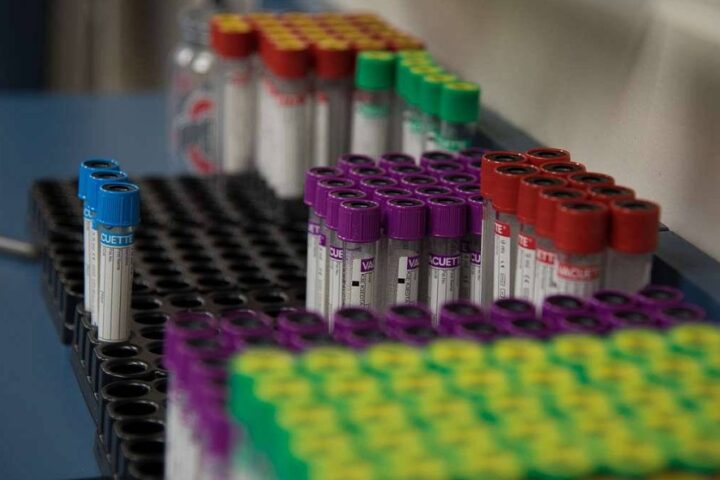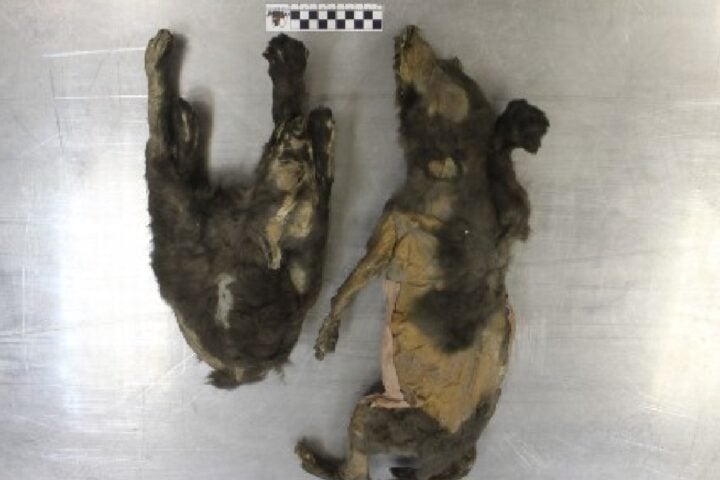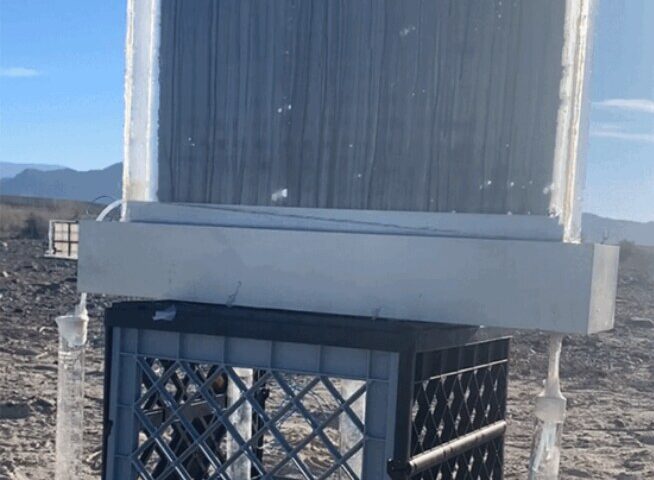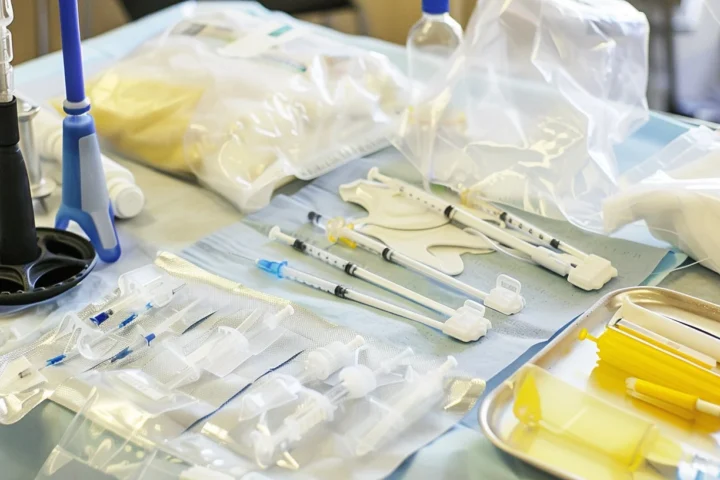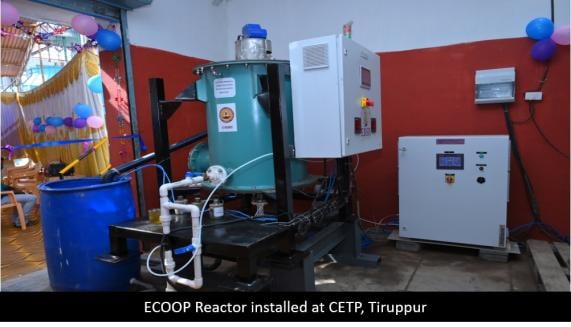At Columbia University, a team of chemists has made a leap into the future with a new superatomic semiconductor that’s setting speed records in the quantum world. Jack Tulyag, a PhD student with a knack for groundbreaking research, worked with Professor Milan Delor to reveal the fastest semiconductor we’ve seen, and it’s all detailed in the journal Science. This isn’t just any material; it’s a superatomic game-changer that teams up excitons with phonons to create something new and fast:
acoustic exciton-polarons.
A New Pace for Energy Transport
Professor Delor, with a note of excitement, shares, “In terms of energy transport, Re6Se8Cl2 is the best semiconductor that we know of, at least so far.” Their lab tests showed these acoustic exciton-polarons zipping through the material, covering microns in less than a blink of an eye. Imagine a material that uses light, not electric currents, to work at speeds we’ve only dreamed of—femtoseconds, leaving current tech in the dust.
The Unexpected Discovery
Tulyag’s accidental find that Re6Se8Cl2 could conduct energy so quickly turned their expectations upside down—it was the fastest thing they’d ever seen. Petra Shih, a whiz at theoretical chemistry, crafted a quantum model that lights the way to understanding this speedy phenomenon. Delor draws a parallel to the classic tortoise and hare tale, suggesting that the ‘heavy’ polarons win the race by moving steadily and without scattering, unlike the erratic electrons in silicon.
Similar Posts
The Search for Superatomic Successors
There’s a catch, though—Re6Se8Cl2 is made with Rhenium, a rare and pricey element, which might keep it from hitting the mainstream market. Armed with cutting-edge imaging that can track polarons, the team is on the lookout for other superatomic materials that might outpace Re6Se8Cl2. Delor hints at the big picture, ‘This is the first material we’ve seen that can do room-temperature ballistic exciton transport.’
The Future of Quantum Materials
Re6Se8Cl2’s thin sheets suggest we could layer it with other materials, opening a door to new properties and possibilities. This work, a collaboration at Columbia’s NSF-funded center, showcases the incredible potential of carefully crafted quantum materials. The research, backed by the US Air Force Office of Scientific Research, highlights the strategic value of semiconductor advancements. Columbia’s dive into superatomic materials might just reshape the world of high-speed computing and communication.
Advancing the Semiconductor Frontier
After two years of intense research, this study marks a significant advance in how we understand energy movement in semiconductors. With fresh theories and imaging techniques, Columbia’s researchers are ready to explore a whole family of superatomic and 2D semiconductor materials. Delor’s team is gearing up to discover the next superatomic contender that could break Re6Se8Cl2’s speed record.
“This is the only material that anyone has seen sustained room-temperature ballistic exciton transport in. But we can now start to predict what other materials might be capable of this behavior that we just haven’t considered before. There is a whole family of superatomic and other 2D semiconductor materials out there with properties favorable for acoustic polaron formation.”
Milan Delor, Columbia University Chemistry Professor






